
Dr. James McCaffrey of Microsoft Research demonstrates how to fetch and prepare MNIST data for image recognition machine learning problems.
- By James McCaffrey
- 02/01/2022

Dr. James McCaffrey of Microsoft Research explains a new idea that slightly modifies standard simulated annealing by borrowing ideas from quantum mechanics.
- By James McCaffrey
- 01/20/2022

A chi-square (also called chi-squared) test is a classical statistics technique that can be used to determine if observed-count data matches expected-count data.
- By James McCaffrey
- 01/03/2022

Dr. James McCaffrey of Microsoft Research uses the Hugging Face library to simplify the implementation of NLP systems using Transformer Architecture (TA) models.
- By James McCaffrey
- 12/07/2021

Dr. James McCaffrey of Microsoft Research shows how to implement simulated annealing for the Traveling Salesman Problem (find the best ordering of a set of discrete items).
- By James McCaffrey
- 12/01/2021

The goal is sentiment analysis -- accept the text of a movie review (such as, "This movie was a great waste of my time.") and output class 0 (negative review) or class 1 (positive review).
- By James McCaffrey
- 11/16/2021

The goal is to create a model that accepts a sequence of words such as "The man ran through the {blank} door" and then predicts most-likely words to fill in the blank.
- By James McCaffrey
- 11/03/2021

The main advantage of using PCA for anomaly detection, compared to alternative techniques such as a neural autoencoder, is simplicity -- assuming you have a function that computes eigenvalues and eigenvectors.
- By James McCaffrey
- 10/21/2021
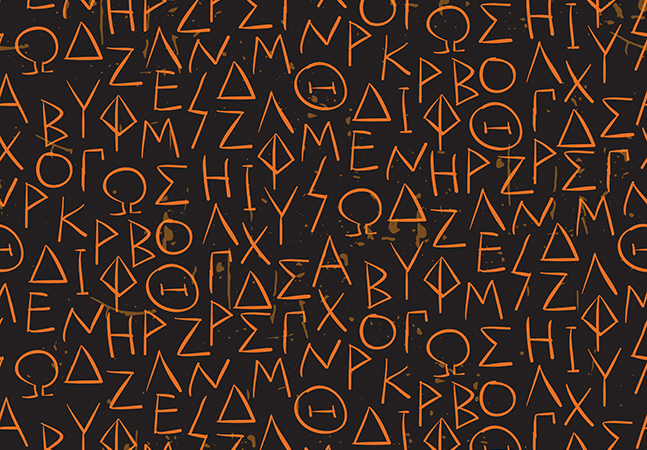
Dr. James McCaffrey of Microsoft Research presents a simple technique he has used with good success, previously unpublished and without a standard name.
- By James McCaffrey
- 10/04/2021

At first thought, computing the similarity/distance between two datasets sounds easy, but in fact the problem is extremely difficult, explains Dr. James McCaffrey of Microsoft Research.
- By James McCaffrey
- 09/20/2021

Dr. James McCaffrey of Microsoft Research explains stochastic gradient descent (SGD) neural network training, specifically implementing a bio-inspired optimization technique called differential evolution optimization (DEO).
- By James McCaffrey
- 09/07/2021

Dr. James McCaffrey of Microsoft Research shows how to compute the Wasserstein distance and explains why it is often preferable to alternative distance functions, used to measure the distance between two probability distributions in machine learning projects.
- By James McCaffrey
- 08/16/2021
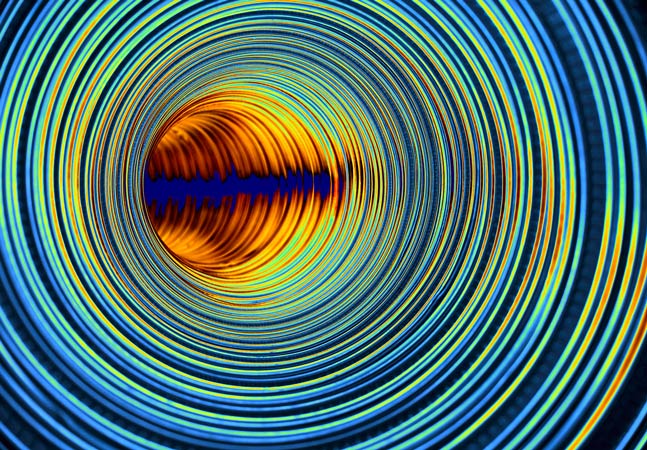
Dr. James McCaffrey of Microsoft Research explains how to implement a geometry-inspired optimization technique called spiral dynamics optimization (SDO), an alternative to Calculus-based techniques that may reach their limits with huge neural networks.
- By James McCaffrey
- 08/02/2021

Dr. James McCaffrey of Microsoft Research uses a full movie review example to explain the natural language processing (NLP) problem of sentiment analysis, used to predict whether some text is positive (class 1) or negative (class 0).
- By James McCaffrey
- 07/06/2021
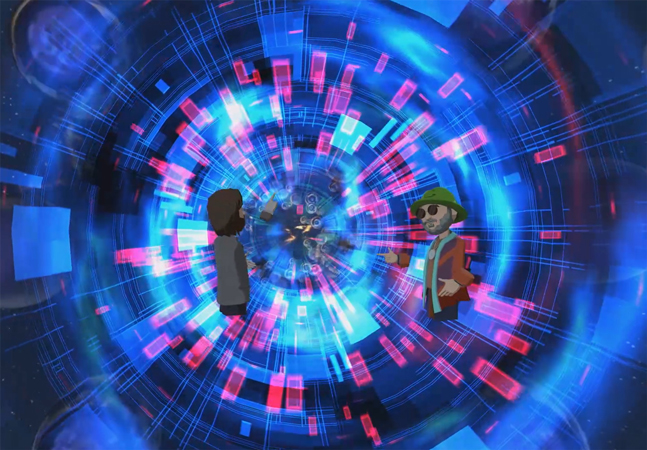
Dr. James McCaffrey of Microsoft Research demonstrates applying the L-BFGS optimization algorithm to the ML logistic regression technique for binary classification -- predicting one of two possible discrete values.
- By James McCaffrey
- 06/23/2021

Dr. James McCaffrey of Microsoft Research explains a generative adversarial network, a deep neural system that can be used to generate synthetic data for machine learning scenarios, such as generating synthetic males for a dataset that has many females but few males.
- By James McCaffrey
- 06/02/2021
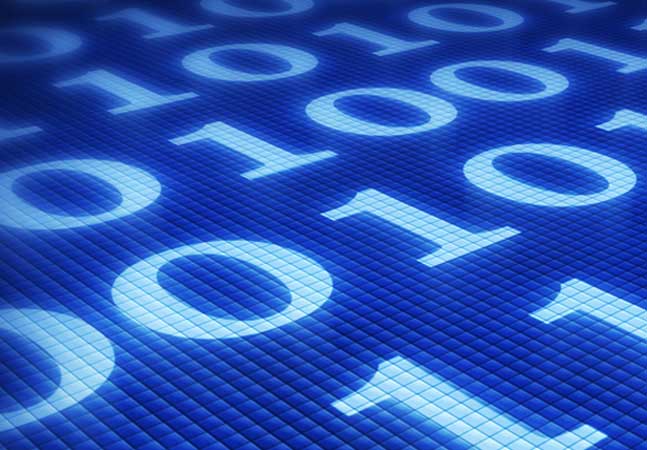
Dr. James McCaffrey of Microsoft Research provides a code-driven tutorial on PUL problems, which often occur with security or medical data in cases like training a machine learning model to predict if a hospital patient has a disease or not.
- By James McCaffrey
- 05/21/2021

Generating synthetic data is useful when you have imbalanced training data for a particular class, for example, generating synthetic females in a dataset of employees that has many males but few females.
- By James McCaffrey
- 05/07/2021
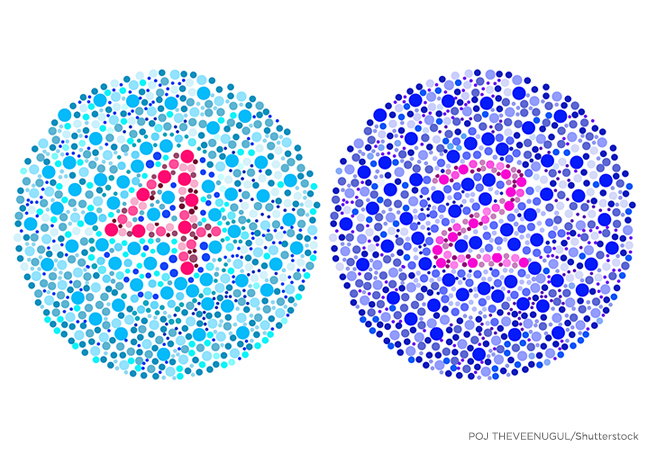
Dr. James McCaffrey of Microsoft Research provides full code and step-by-step examples of anomaly detection, used to find items in a dataset that are different from the majority for tasks like detecting credit card fraud.
- By James McCaffrey
- 04/13/2021

When training data won't fit into machine memory, a streaming data loader using an internal memory buffer can help. Dr. James McCaffrey of Microsoft Research shows how.
- By James McCaffrey
- 04/01/2021

Dr. James McCaffrey of Microsoft Research explains how to evaluate, save and use a trained regression model, used to predict a single numeric value such as the annual revenue of a new restaurant based on variables such as menu prices, number of tables, location and so on.
- By James McCaffrey
- 03/12/2021

The goal of a regression problem is to predict a single numeric value, for example, predicting the annual revenue of a new restaurant based on variables such as menu prices, number of tables, location and so on.
- By James McCaffrey
- 03/03/2021
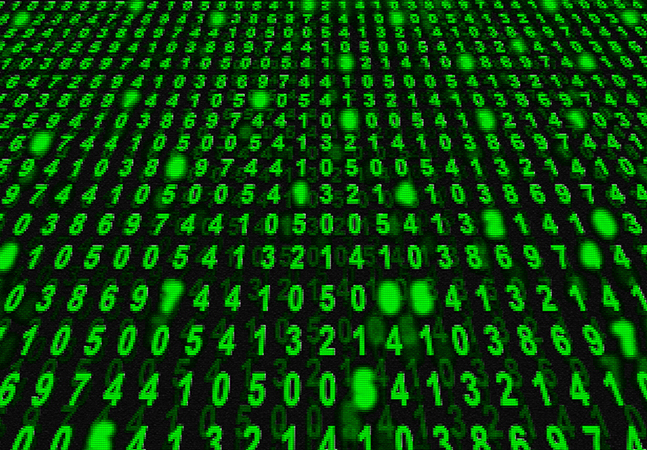
Dr. James McCaffrey of Microsoft Research presents the second of four machine learning articles that detail a complete end-to-end production-quality example of neural regression using PyTorch.
- By James McCaffrey
- 02/11/2021

Dr. James McCaffrey of Microsoft Research presents the first in a series of four machine learning articles that detail a complete end-to-end production-quality example of neural regression using PyTorch.
- By James McCaffrey
- 02/02/2021
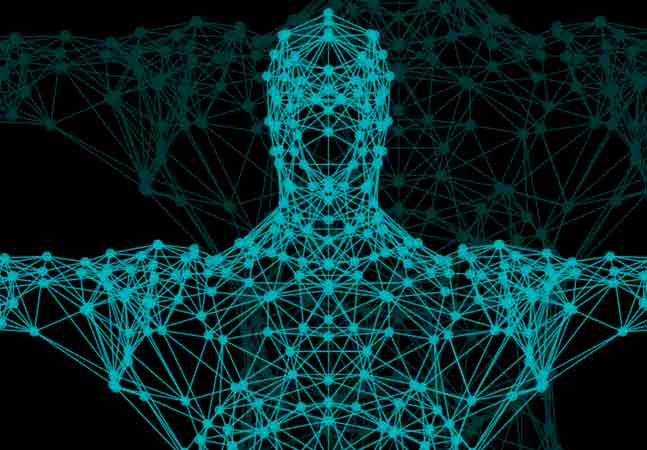
Dr. James McCaffrey of Microsoft Research continues his four-part series on multi-class classification, designed to predict a value that can be one of three or more possible discrete values, by explaining model accuracy.
- By James McCaffrey
- 01/25/2021